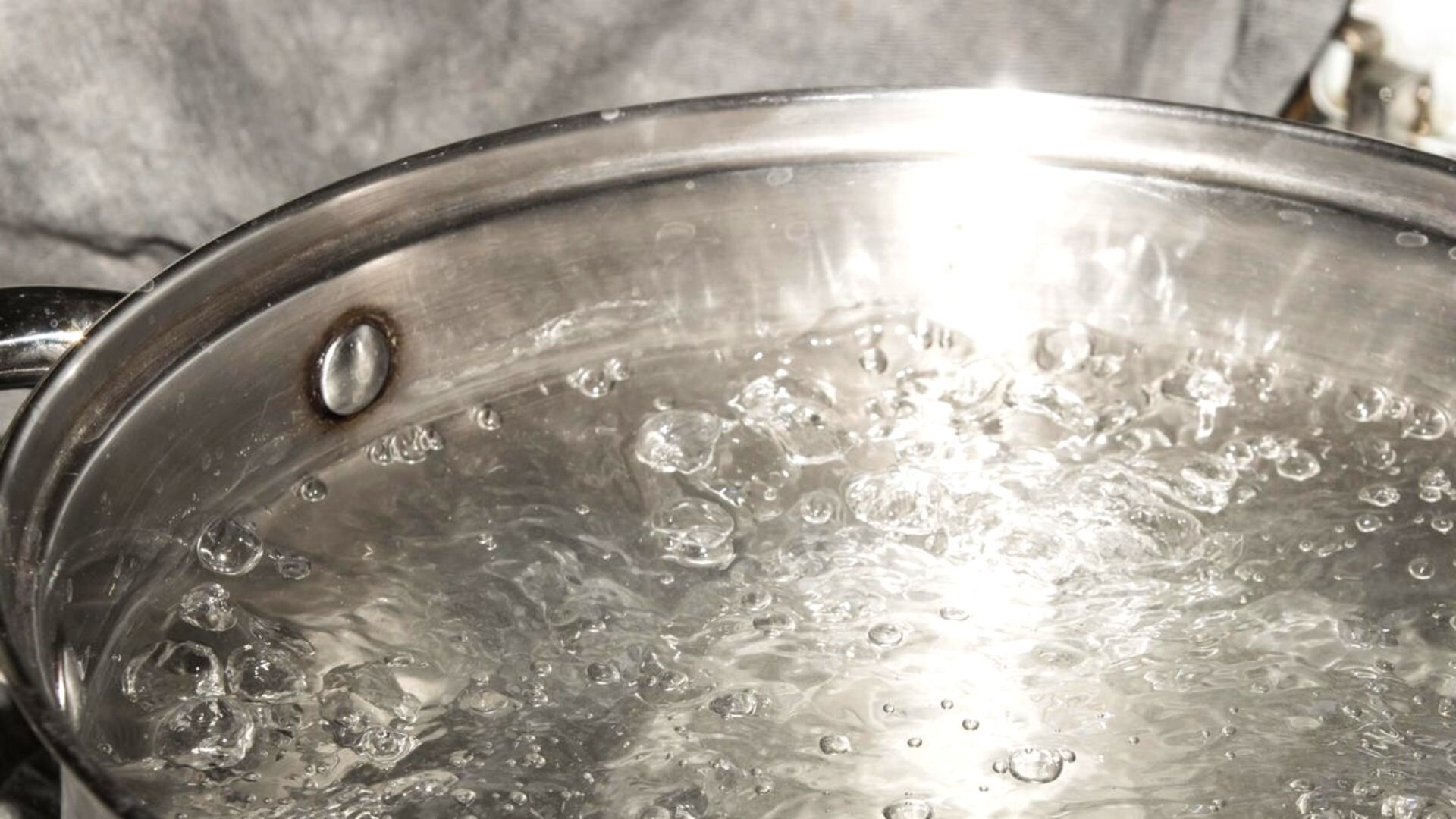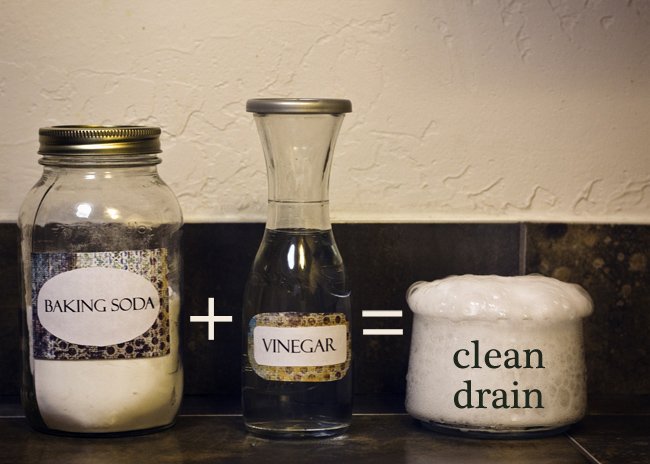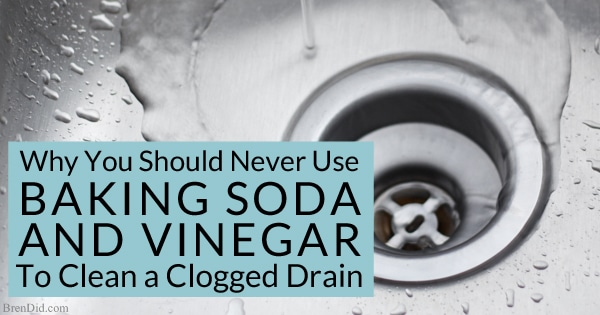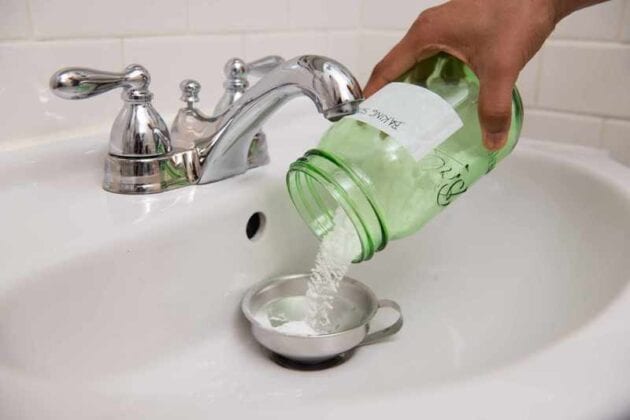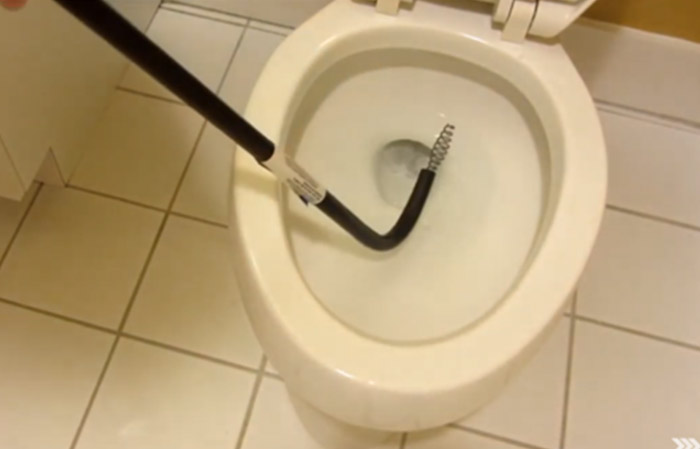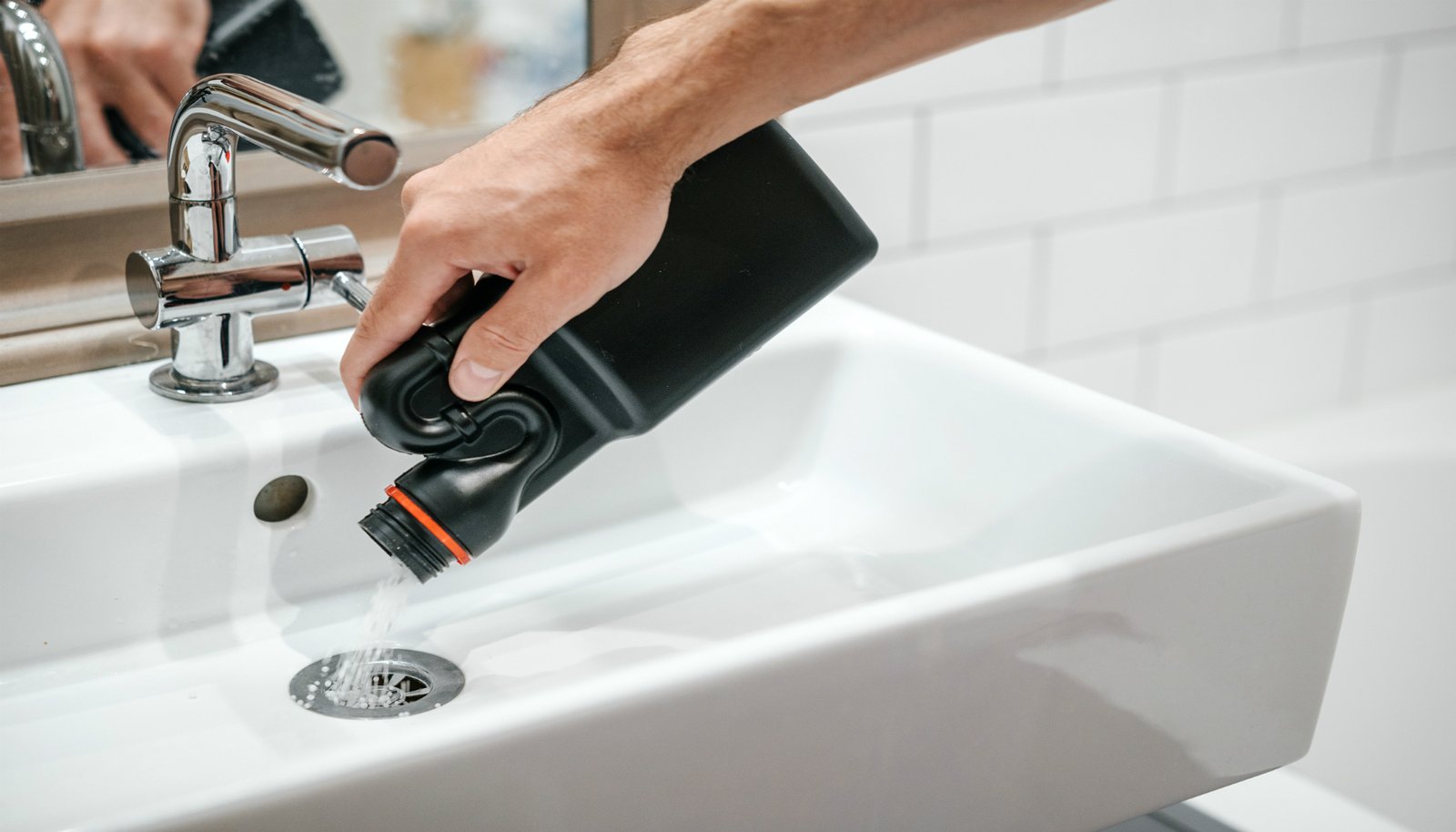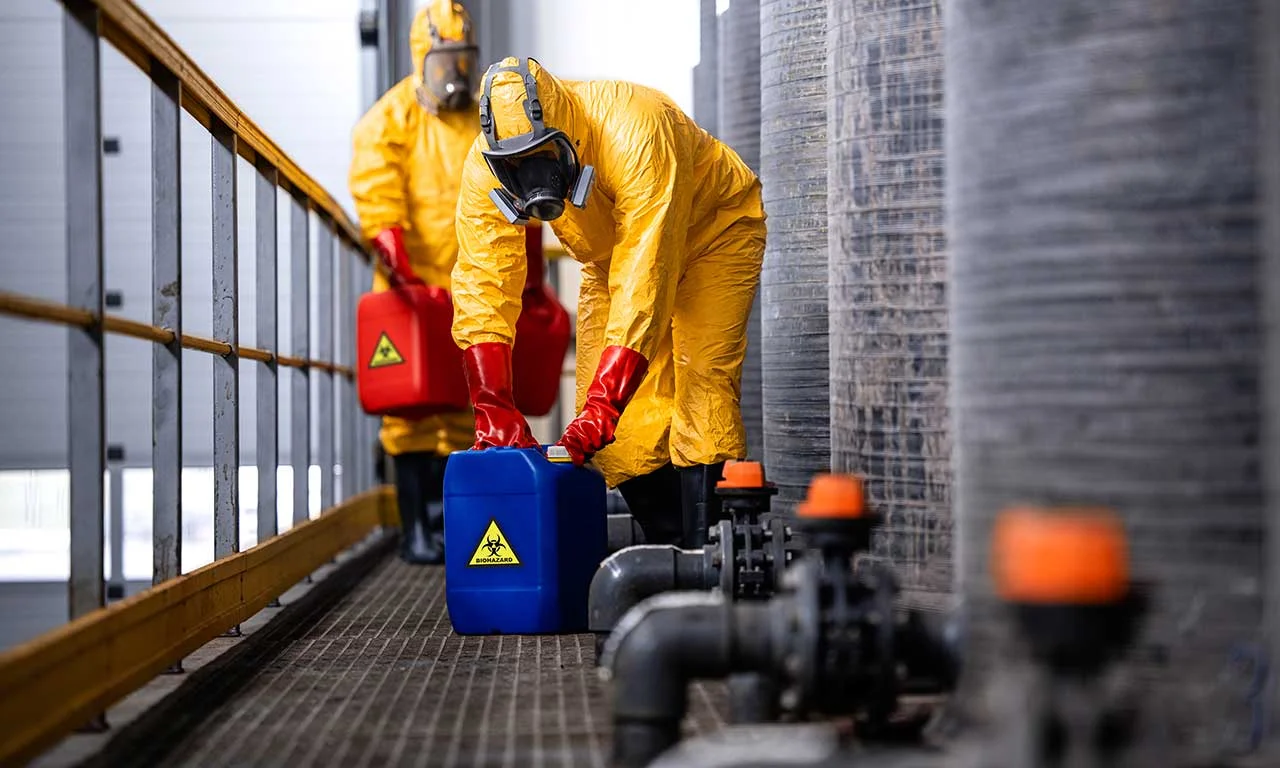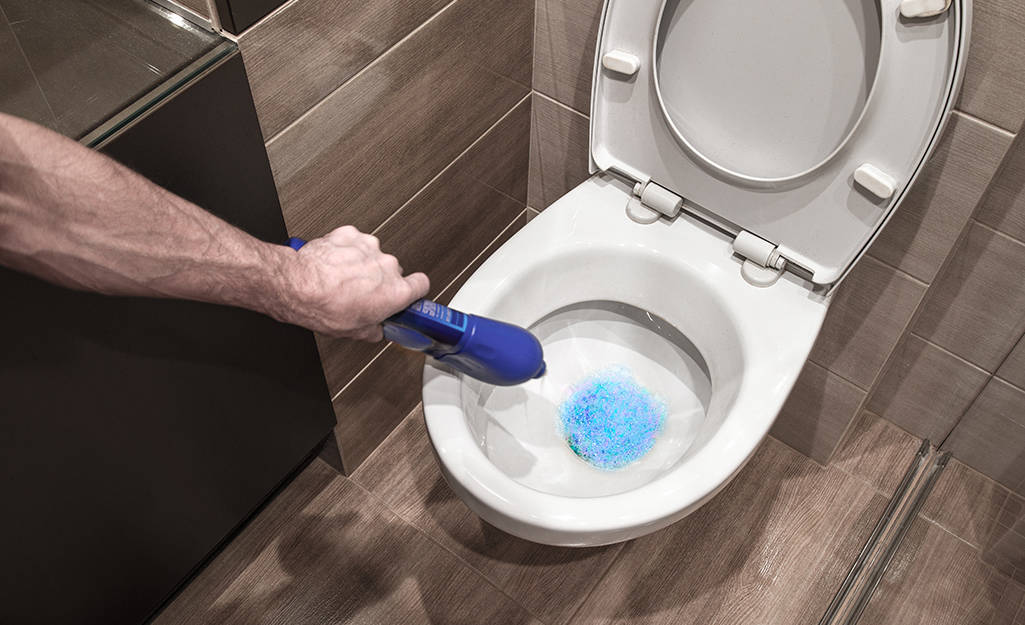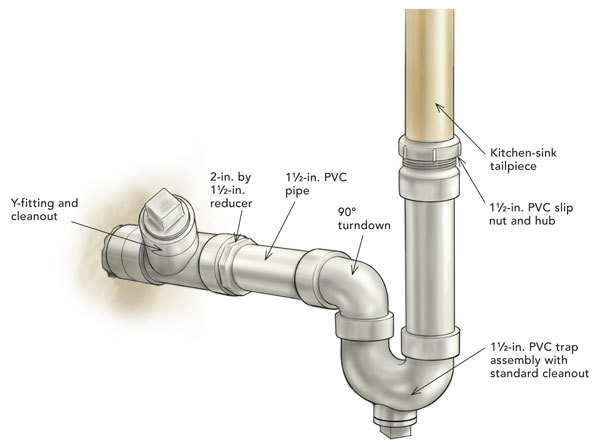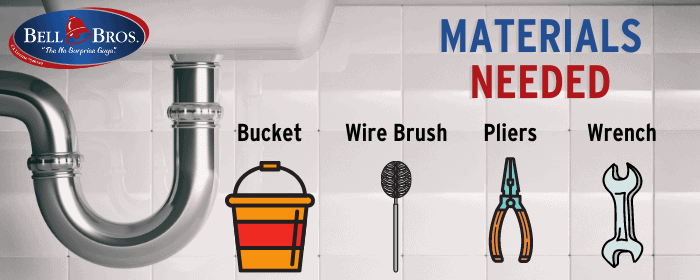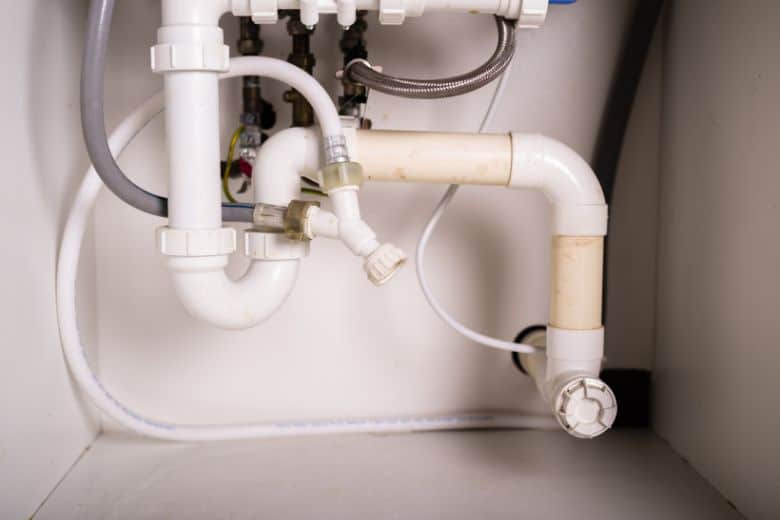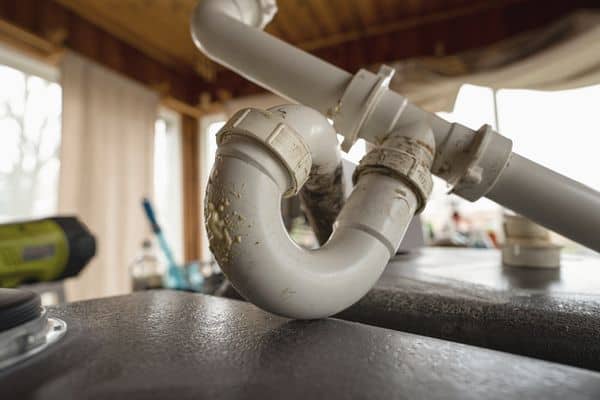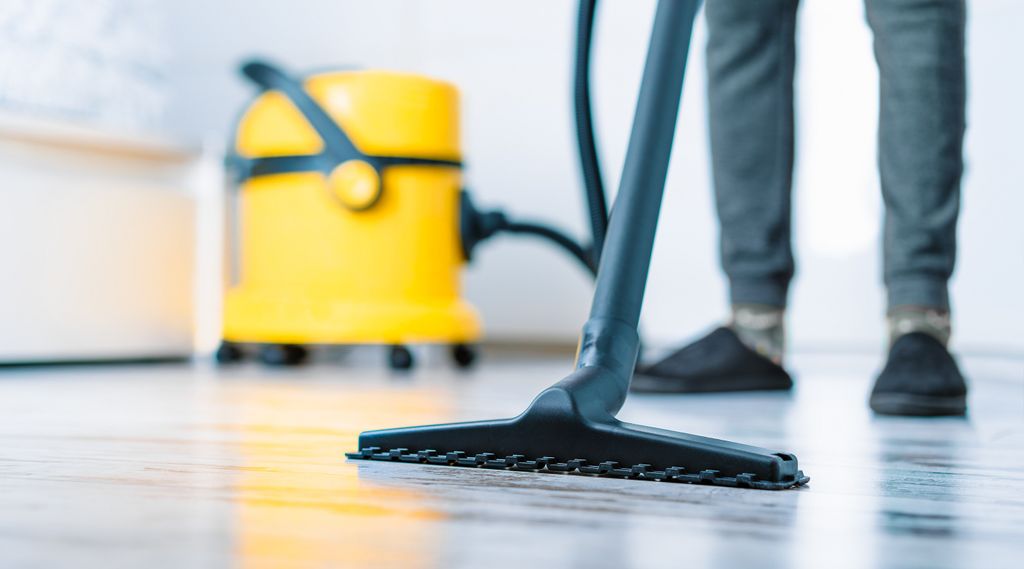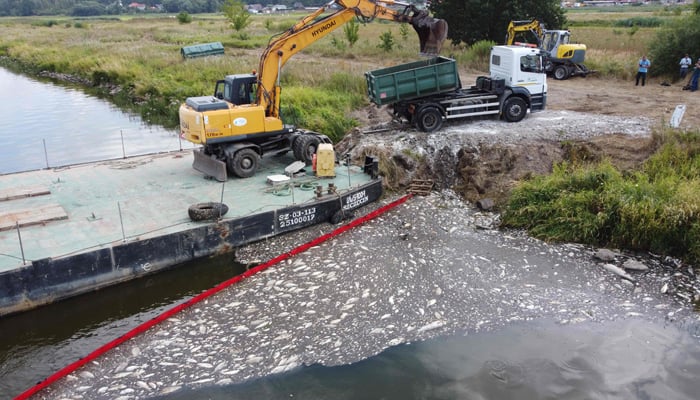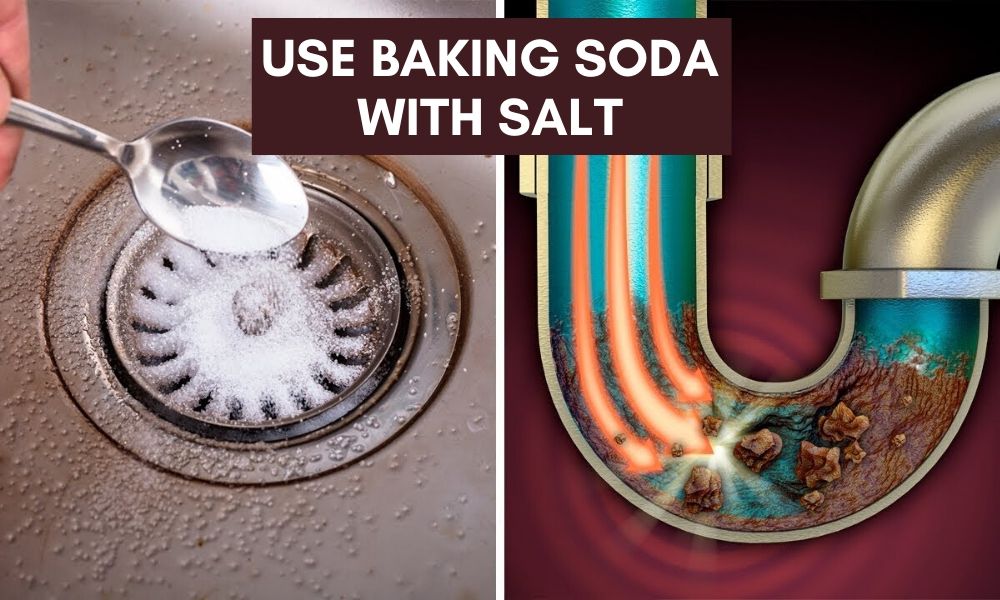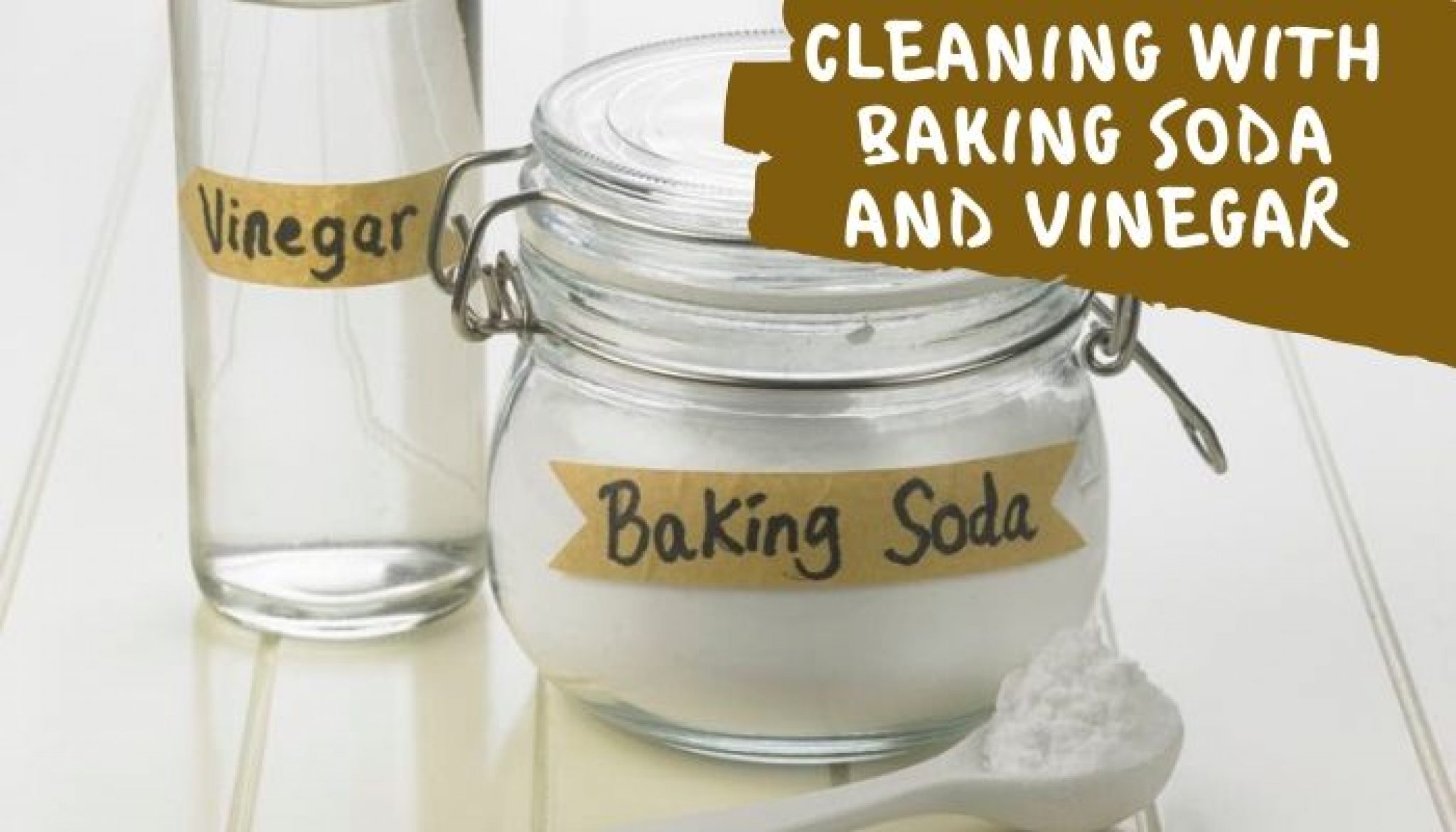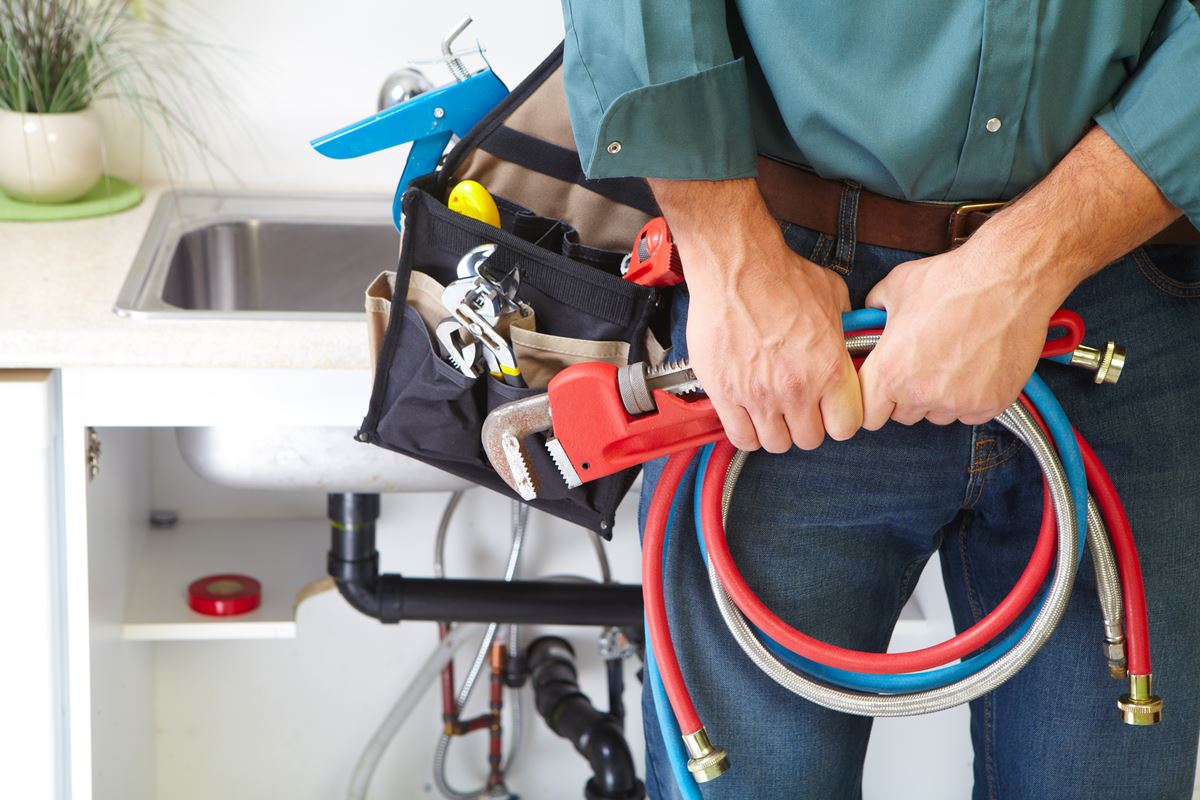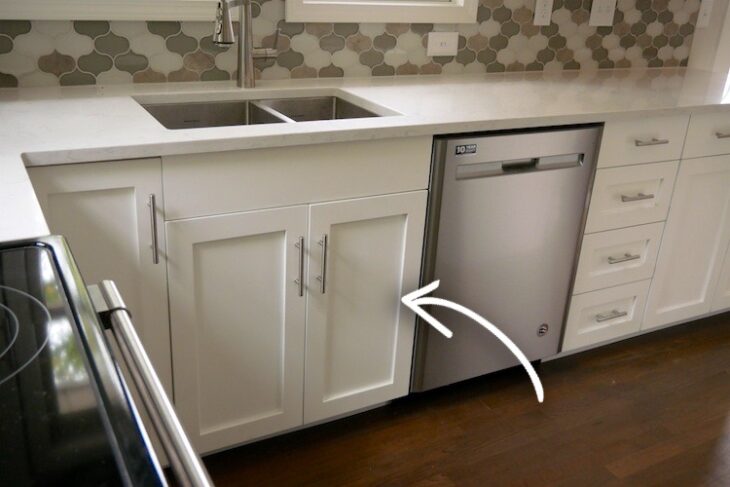1. Use a plunger to try and dislodge the clog
If you notice that your kitchen sink is filled with water and not draining properly, the first thing you should try is using a plunger. This common household tool can be found in most homes and is effective in removing clogs from sinks. To use a plunger, make sure there is enough water in the sink to cover the rubber suction cup. Place the plunger over the drain and push down and up in a rapid motion. This action will create pressure and hopefully dislodge the clog.
2. Pour boiling water down the drain
If the plunger does not work, you can try pouring boiling water down the kitchen sink drain. This method is most effective for clogs caused by grease buildup. The hot water will help break down the grease and push it through the pipes. Make sure to use caution when handling boiling water and pour it slowly down the drain.
3. Use a mixture of baking soda and vinegar to break up the clog
If boiling water does not work, you can create a natural and non-toxic solution using baking soda and vinegar. First, pour half a cup of baking soda down the drain, followed by half a cup of vinegar. The mixture will create a foaming reaction that can help break up the clog. Let it sit for a few minutes before pouring hot water down the drain to flush out the clog.
4. Try using a plumbing snake to remove the clog
If the clog is stubborn and cannot be removed with a plunger or natural solution, a plumbing snake may be necessary. A plumbing snake is a long, flexible wire tool that can be inserted into the drain to reach and remove the clog. You can purchase a plumbing snake at most hardware or home improvement stores.
5. Use a chemical drain cleaner
If all else fails, you can use a chemical drain cleaner to remove the clog. However, it is important to use these products carefully and follow the instructions on the label. Chemical drain cleaners can be harsh and may damage your pipes if used incorrectly. It is also recommended to wear gloves and eye protection when handling these products.
6. Remove the P-trap and clean it out
If the clog is located in the P-trap, which is the curved pipe located beneath the sink, you may need to remove it and clean it out. First, place a bucket under the P-trap to catch any water and debris. Then, use a wrench to loosen the nuts and remove the P-trap. Clean out any debris and reattach the pipe.
7. Use a wet/dry vacuum to suck out the clog
If you have a wet/dry vacuum, you can try using it to remove the clog from your kitchen sink. Switch the vacuum to the wet setting and place the nozzle over the drain. Turn on the vacuum and hopefully, it will suck out the clog. This method is most effective for food or debris clogs.
8. Use a wire hanger to try and fish out the clog
If you do not have a plumbing snake, you can try using a wire hanger to remove the clog. Straighten out the hanger and bend one end into a small hook. Insert the hanger into the drain and try to hook onto the clog. Pull out any debris and run hot water down the drain to flush it out.
9. Use a combination of salt, baking soda, and vinegar to break up the clog
If the baking soda and vinegar solution did not work, you can try adding salt to the mixture. Salt can help create more agitation and break up the clog. Mix half a cup of salt with half a cup of baking soda and pour it down the drain. Follow with half a cup of vinegar and let it sit for a few minutes before flushing with hot water.
10. Call a professional plumber for assistance
If all of the above methods do not work, it may be time to call a professional plumber for assistance. They have the knowledge, experience, and tools to effectively remove stubborn clogs from your kitchen sink. Remember to always schedule regular maintenance to prevent clogs from occurring in the future.
How to Effectively Unclog a Kitchen Sink Filled with Water

Identifying the Cause of the Clog
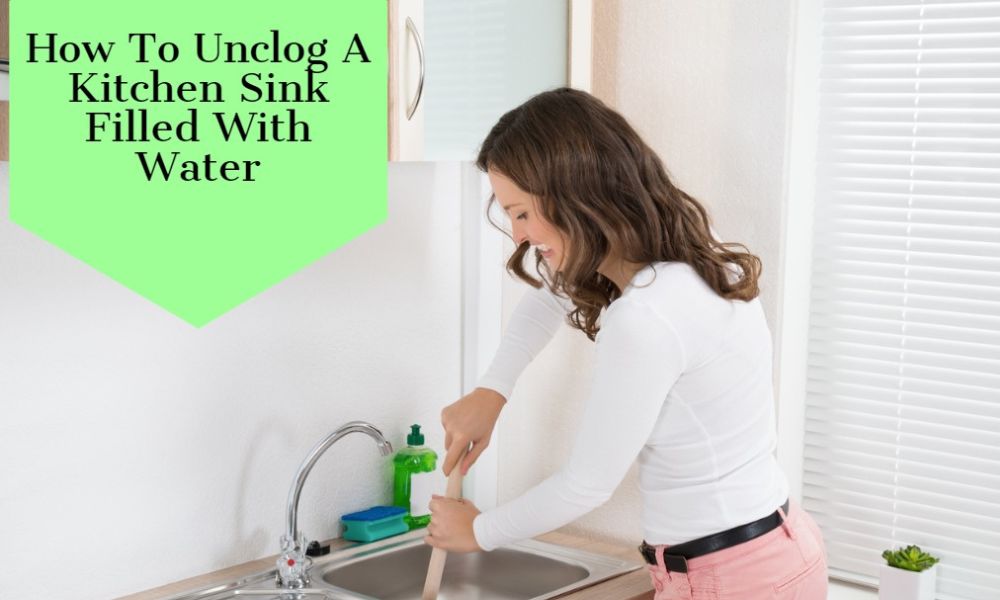 Before attempting to unclog your kitchen sink, it is important to determine the cause of the clog. The most common culprits are food particles, grease, and soap scum build-up. If you have a garbage disposal, it may also be clogged with larger food scraps. Once you have identified the cause, you can choose the best method for unclogging your sink.
Before attempting to unclog your kitchen sink, it is important to determine the cause of the clog. The most common culprits are food particles, grease, and soap scum build-up. If you have a garbage disposal, it may also be clogged with larger food scraps. Once you have identified the cause, you can choose the best method for unclogging your sink.
Using Home Remedies to Unclog Your Sink
 If you prefer a more natural approach, there are several home remedies that can effectively unclog your kitchen sink. One method is to mix equal parts baking soda and vinegar, pour the mixture down the drain, and let it sit for 15 minutes before flushing with hot water. You can also try using a plunger to help dislodge the clog. Simply cover the drain with the plunger and push up and down several times to create suction and clear the blockage.
If you prefer a more natural approach, there are several home remedies that can effectively unclog your kitchen sink. One method is to mix equal parts baking soda and vinegar, pour the mixture down the drain, and let it sit for 15 minutes before flushing with hot water. You can also try using a plunger to help dislodge the clog. Simply cover the drain with the plunger and push up and down several times to create suction and clear the blockage.
Using Chemical Drain Cleaners
 For tougher clogs, you may need to turn to chemical drain cleaners. These products contain powerful chemicals that can dissolve and clear stubborn clogs. However, it is important to use caution when handling these products and follow the instructions carefully. Wear gloves and protective eyewear and make sure to keep the area well-ventilated. It is also important to note that these products may damage older or weaker pipes, so use them sparingly.
For tougher clogs, you may need to turn to chemical drain cleaners. These products contain powerful chemicals that can dissolve and clear stubborn clogs. However, it is important to use caution when handling these products and follow the instructions carefully. Wear gloves and protective eyewear and make sure to keep the area well-ventilated. It is also important to note that these products may damage older or weaker pipes, so use them sparingly.
Preventing Future Clogs
 Once you have successfully unclogged your kitchen sink, you may want to take preventative measures to avoid future clogs. This includes regularly cleaning your sink and garbage disposal, avoiding pouring grease and oil down the drain, and using a drain strainer to catch food particles. You can also periodically pour boiling water down the drain to help prevent build-up.
In conclusion
, a clogged kitchen sink can be a frustrating and messy problem, but with the right tools and methods, you can easily unclog it and keep it running smoothly. By identifying the cause of the clog and using the appropriate methods, you can effectively clear your kitchen sink and prevent future clogs. Whether you prefer a natural approach or a chemical cleaner, always use caution and follow the instructions carefully. With these tips and tricks, you can keep your kitchen sink functioning properly and maintain a clean and efficient home.
Once you have successfully unclogged your kitchen sink, you may want to take preventative measures to avoid future clogs. This includes regularly cleaning your sink and garbage disposal, avoiding pouring grease and oil down the drain, and using a drain strainer to catch food particles. You can also periodically pour boiling water down the drain to help prevent build-up.
In conclusion
, a clogged kitchen sink can be a frustrating and messy problem, but with the right tools and methods, you can easily unclog it and keep it running smoothly. By identifying the cause of the clog and using the appropriate methods, you can effectively clear your kitchen sink and prevent future clogs. Whether you prefer a natural approach or a chemical cleaner, always use caution and follow the instructions carefully. With these tips and tricks, you can keep your kitchen sink functioning properly and maintain a clean and efficient home.













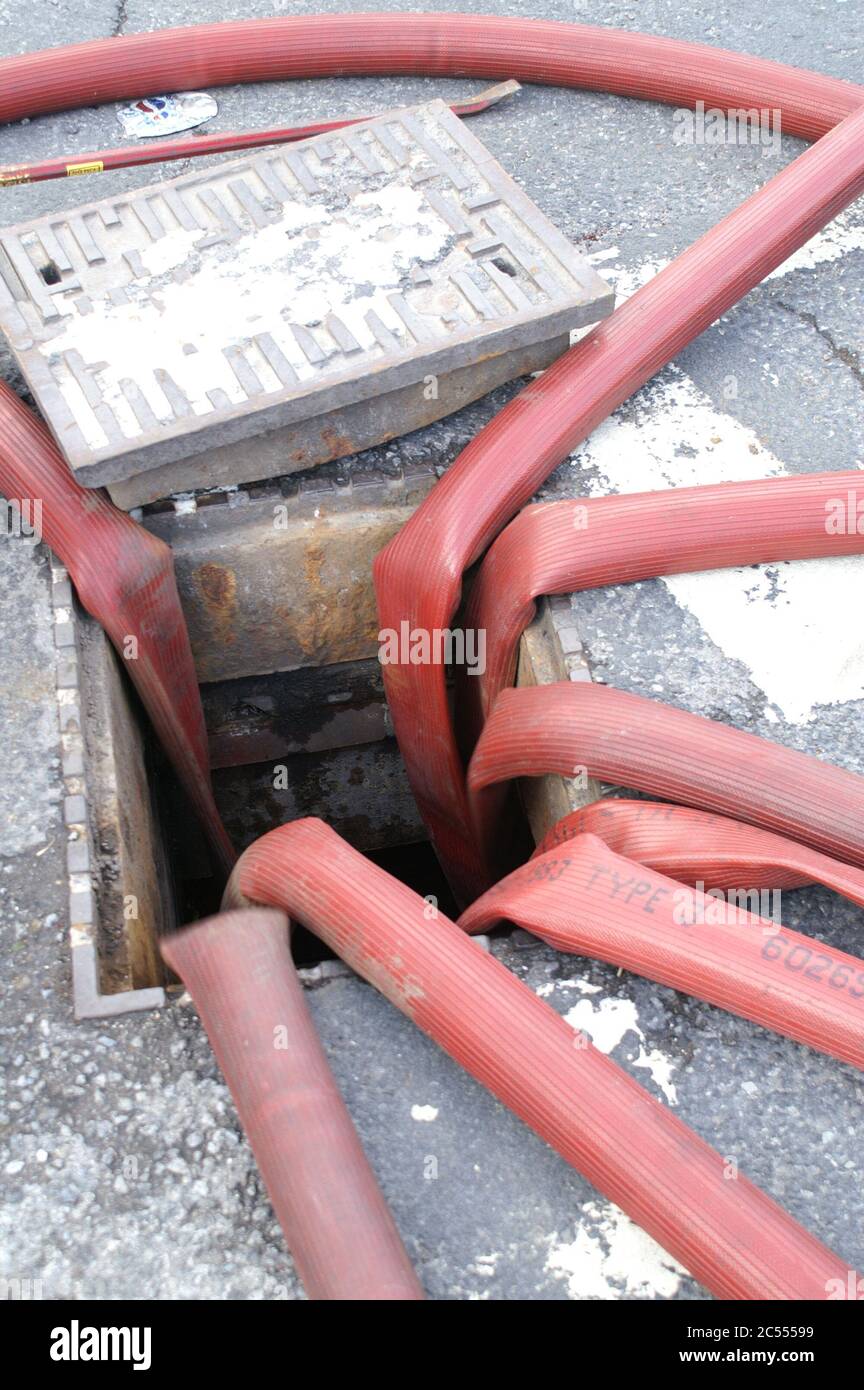

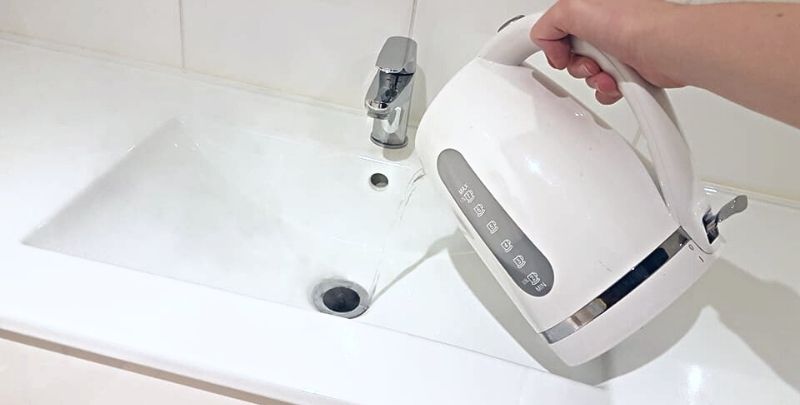

.jpg?time=1689761045394)
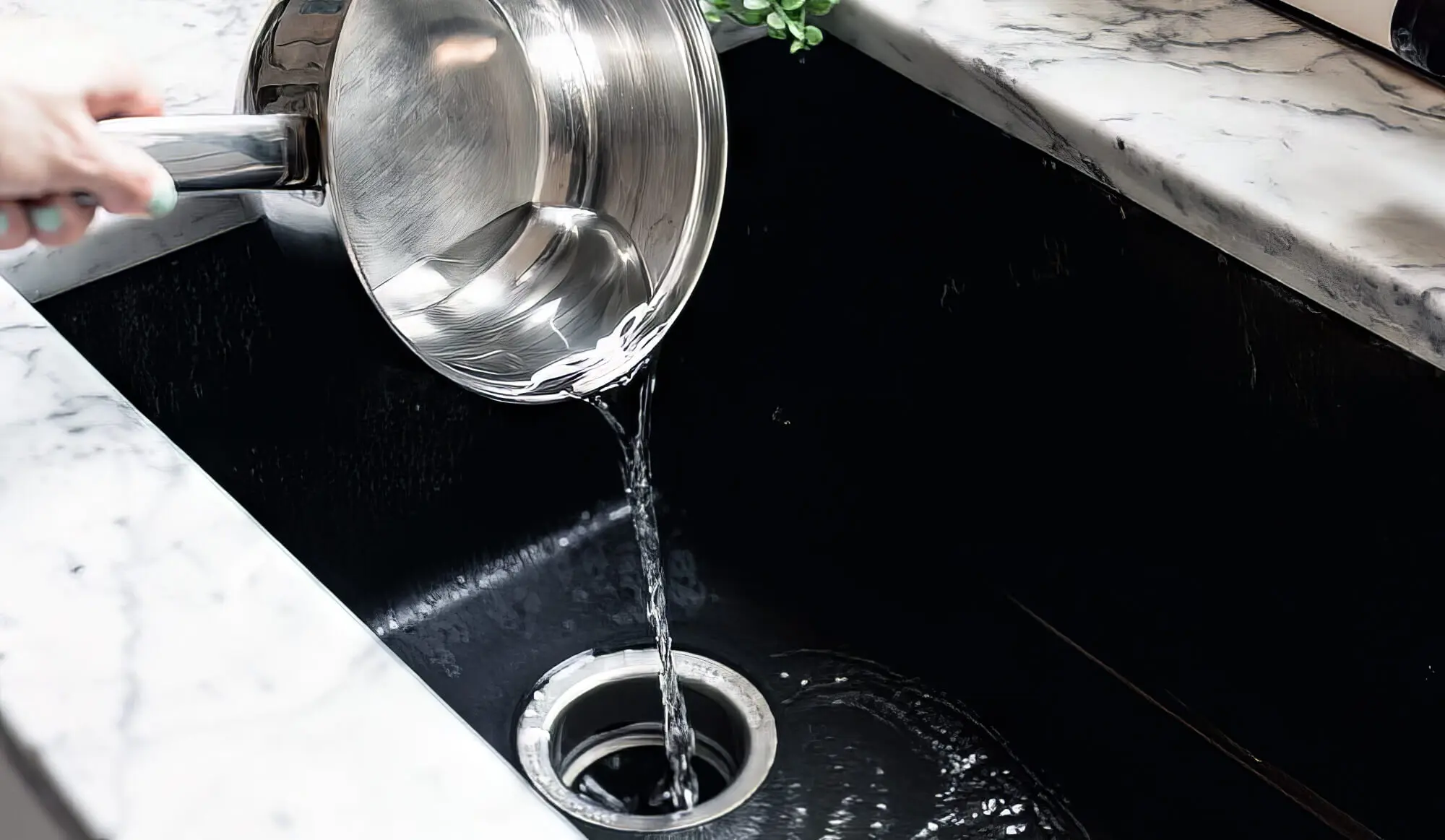

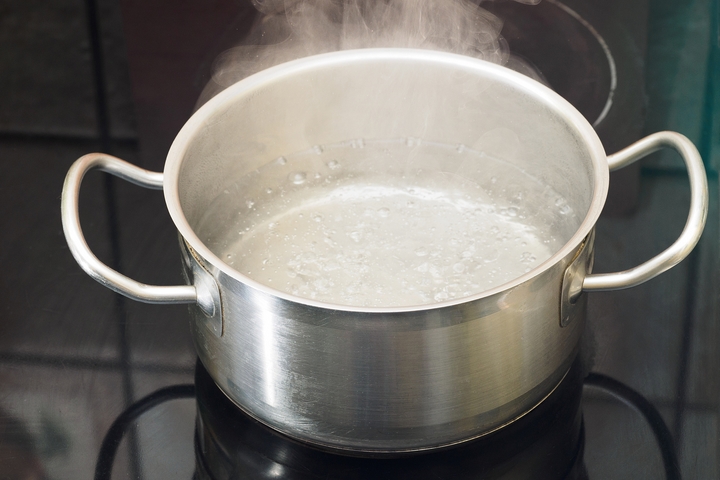
:max_bytes(150000):strip_icc()/GettyImages-1459148353-279aed56a15749c2a7310a882dbe3571.jpg)

